Pes Anserine Bursitis
Read More >
The knee has about eight individual muscles that attach around it. The main and most functionally important muscles of the knee are the quadriceps, hamstrings, adductors, and calf, muscle groups. Each group is comprised of multiple individual muscles. We will discuss each in detail below.
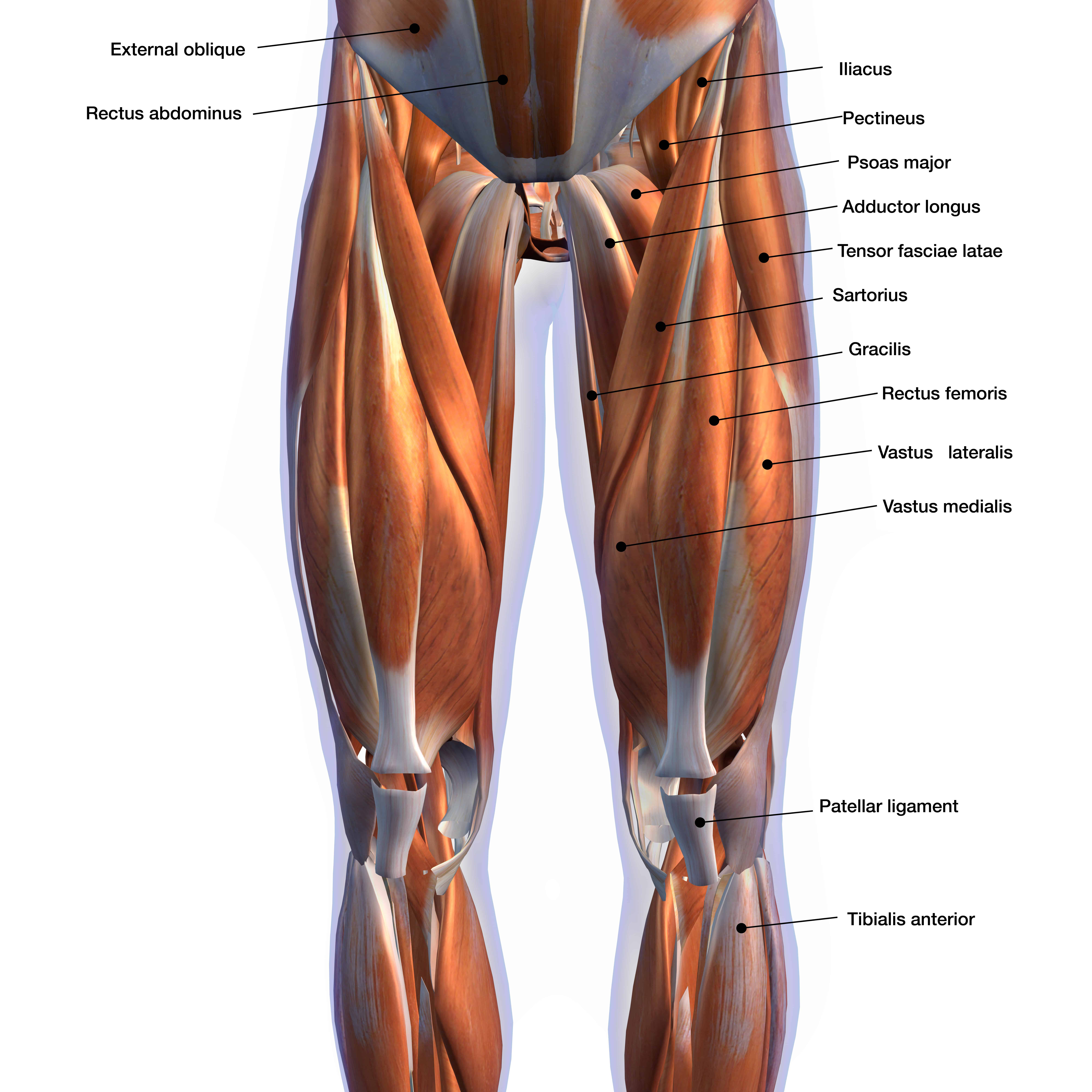
The quadriceps are made up of 4 individual muscles and these are the most important muscles of the knee. The quadriceps collectively are the prime knee extensors, that straighten the knee from a bent position and keep it straight when standing and walking. The individual muscles are the rectus femoris, vastus medialis, vastus intermedius and vastus lateralis.
All four quadriceps muscles insert into the patella tendon at the front of the knee, in which sits the patella (knee cap). Therefore the quadriceps also have an influence on the patellofemoral joint. At the other end, the three vastus muscles attach on to the top of the femur bone, just below the hip joint. Whereas the rectus femoris attaches above the hip joint onto two points on the pelvis. This means that the rectus femoris also has an action over the hip joint, to assist hip flexion.
Read our related article: Quadriceps Tear
The hamstring muscle group is made up of 3 unique muscles: semimembranosis, biceps femoris and semitendinosis. This group of muscles are the next most important muscles of the knee, which bend the knee from a straight position. All attach below the knee joint and to the seat bone, called the ischial tuberosity. The semimembranosis and biceps femoris attach to the inside of the knee joint to the inner side of the tibia, and the semitendinosis attaches to the outside of the knee joint, to the head of the fibula bone. Because of these attachments on either side of the knee, the hamstrings have a mild action to rotate the lower leg in our out, related to the side that they are attached to.
The hamstring is called an agonist to the quadriceps muscle. Meaning it has the opposite action to the quadriceps and will generally be relaxing when the quadriceps is contracting.
Read our related article: Hamstring Tendonitis
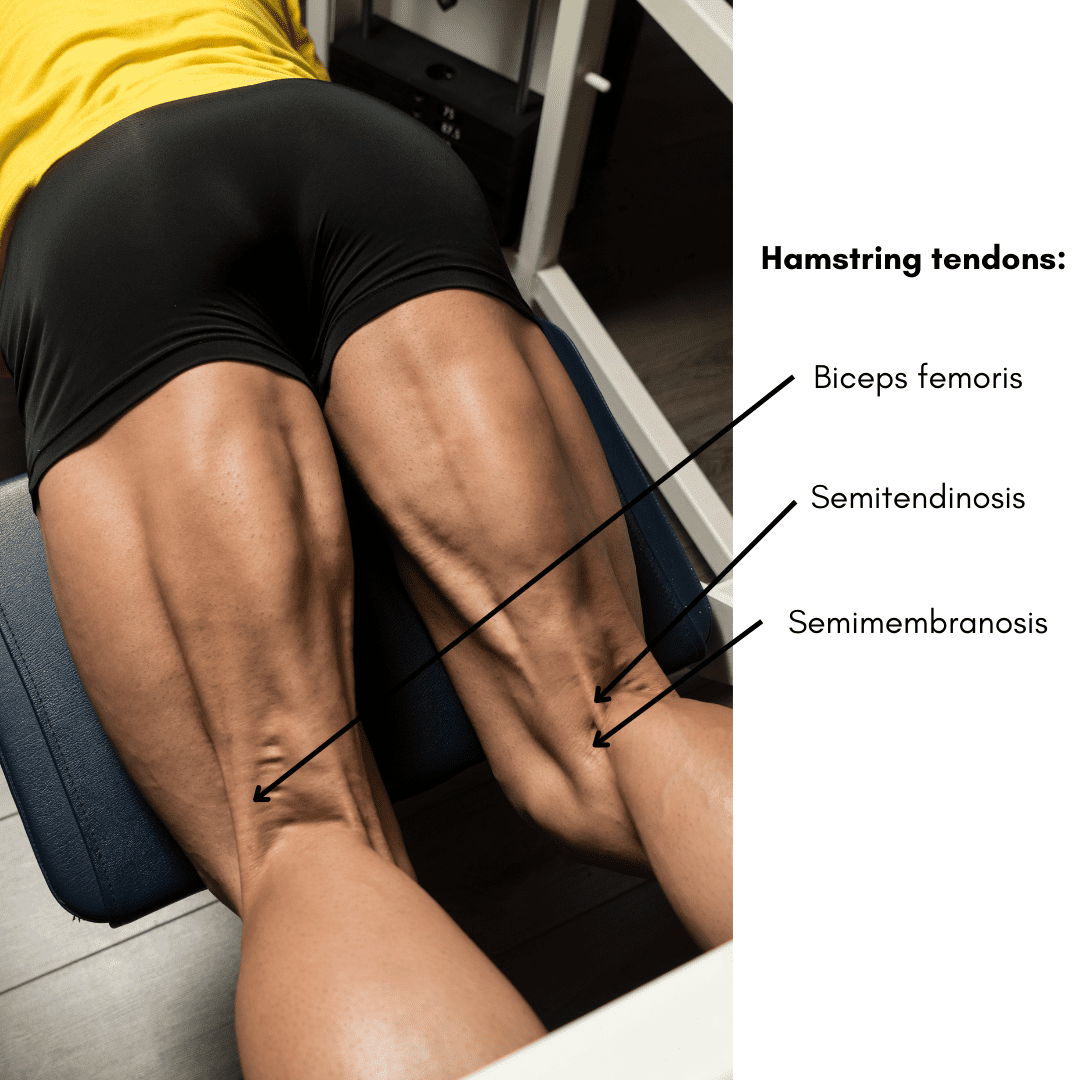
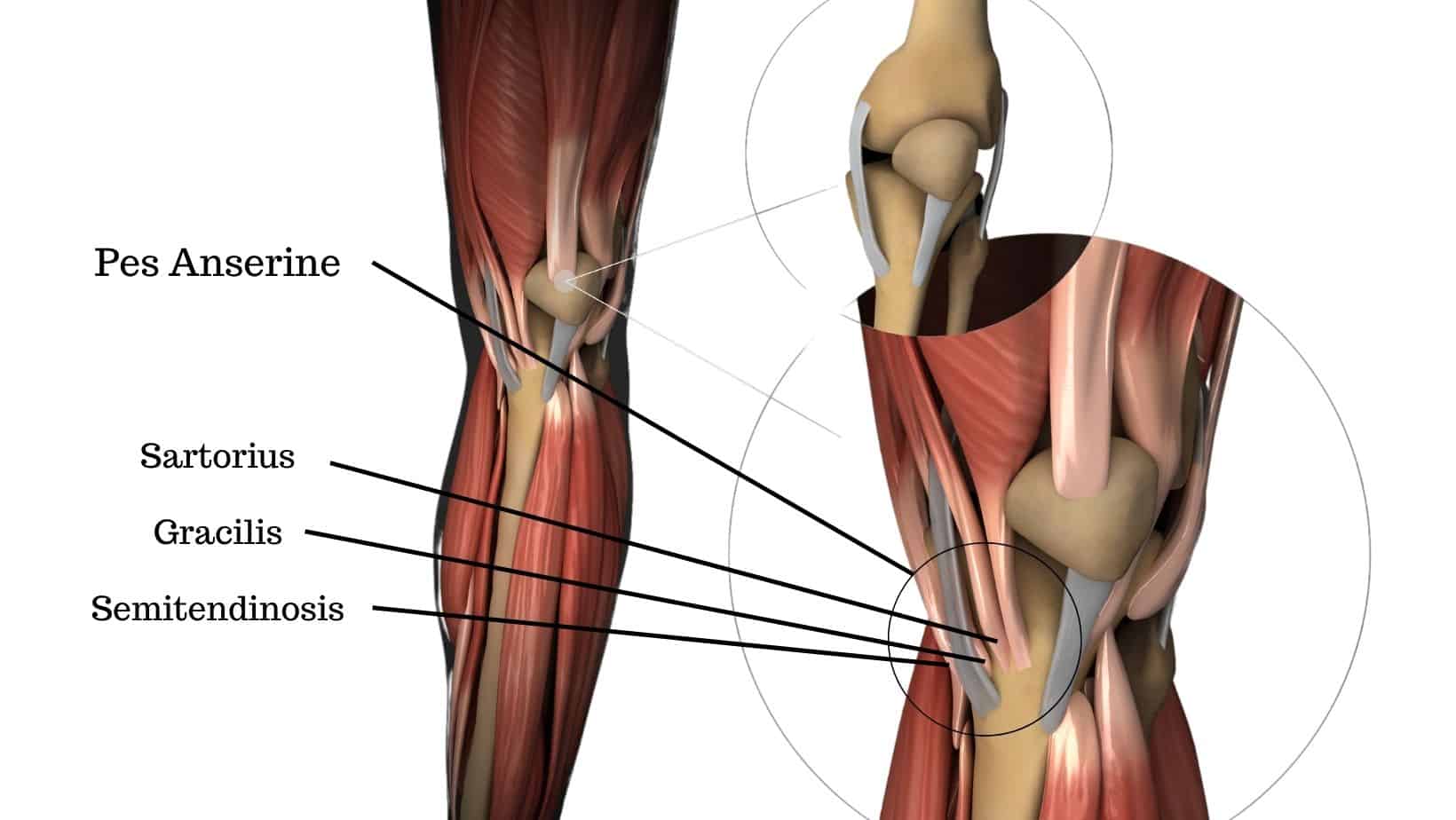
There are several muscles that have been classed as adductors of the leg and hip but only 2 attached below the knee and therefore have a direct action on the knee, the gracilis and sartorius. The gracilis starts on the inside of the femur near the groin and the sartorius from the outside of the hip at the front of the pelvis, both insert below the knee joint at the front of the tibia, the shin bone. They both insert with the semitendinosis, one of the hamstrings, as the Pes Anserine.
Read our related article: Pes Anserine Bursitis.
The ITB is a fibrous band that attaches a little muscle on the outside of the hip to the fibula on the outside of the knee, just below the joint. Technically as it attaches a muscle to a bone it is a tendon, but in terms of physiology and structure, it is more similar to a ligament. But whatever it is (and there is plenty of discussion about this), the ITB has an action over the knee to assist with knee flexion and lateral stability of the knee joint.
Read our related article: ITB Syndrome
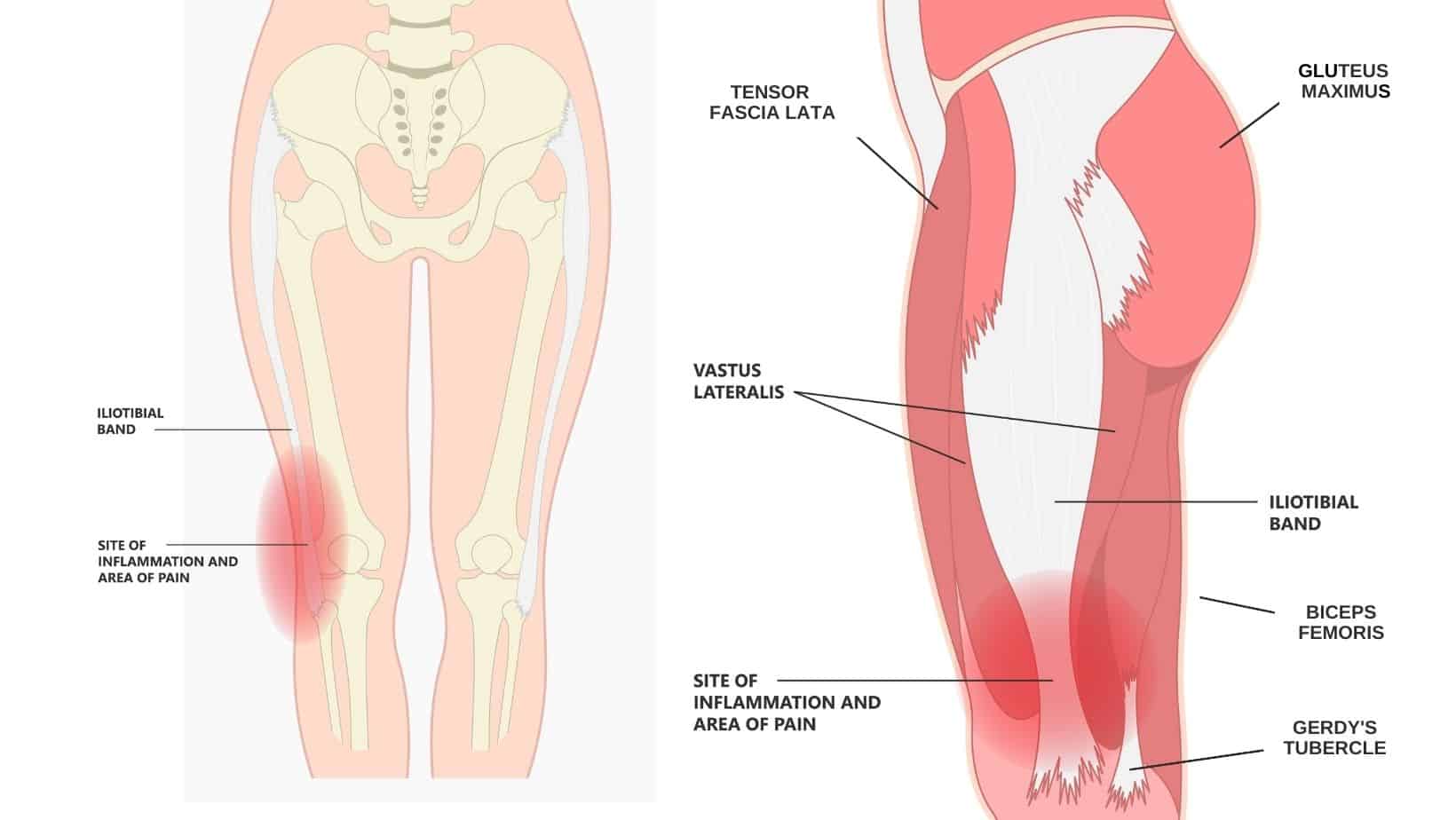
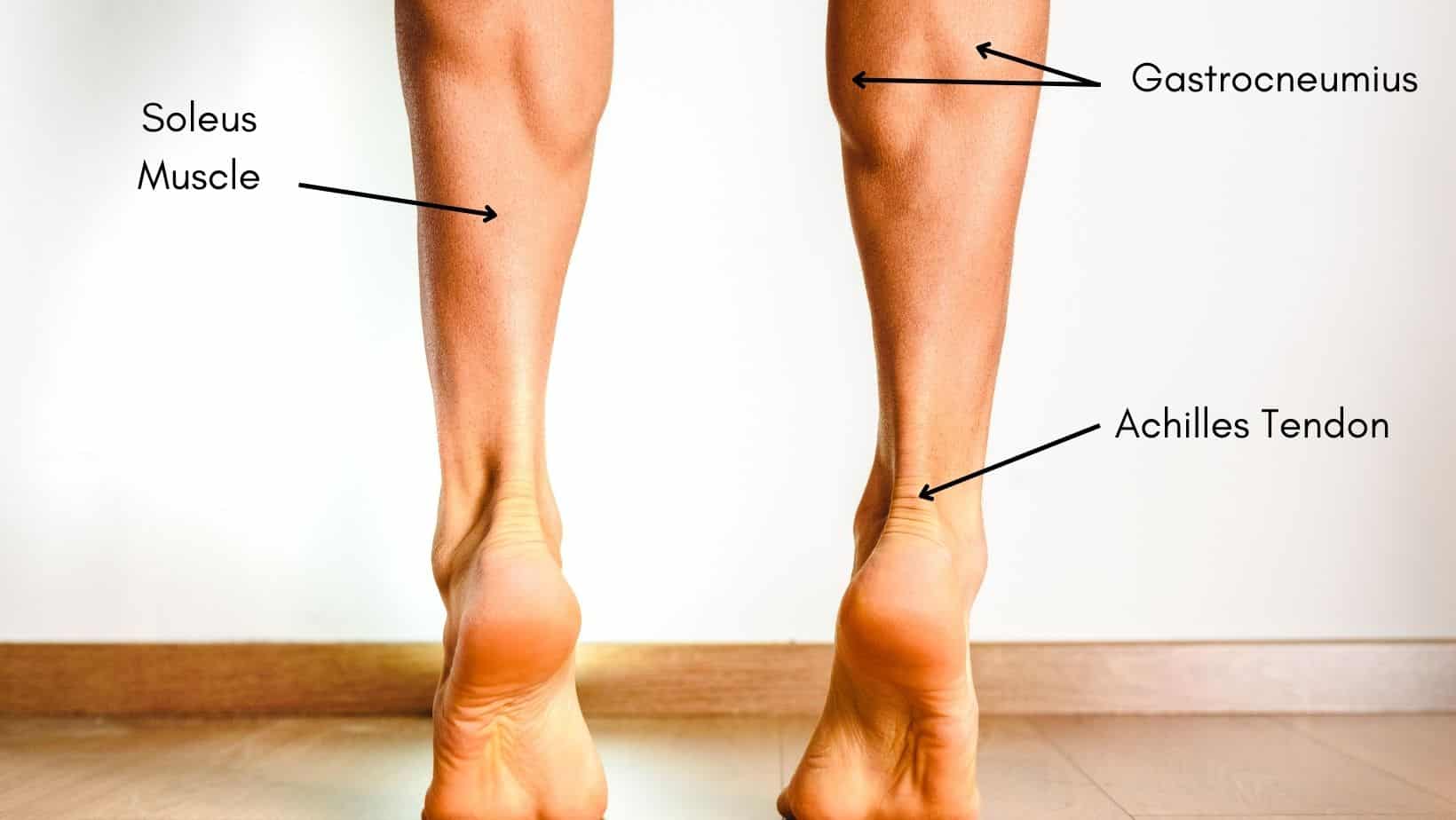
There are two calf muscles but only one, the gastrocnaemius has an action over the knee. It is attached from the Achilles’ tendon to above the knee on either side of the knee joint. The gastrocnemius has a role of assisting knee flexion.
Read our related article: Calf Muscle Pain
The popliteus is a small muscle at the back of the knee, attached to the femur and the tibia. Its action over the knee is to assist with slight external rotation of the knee which helps to “unlock” the knee from a fully extended position, stabilise the joint and help with balance and proprioceptive awareness.
Read our related article: Popliteus Anatomy, Action and Muscle Pain
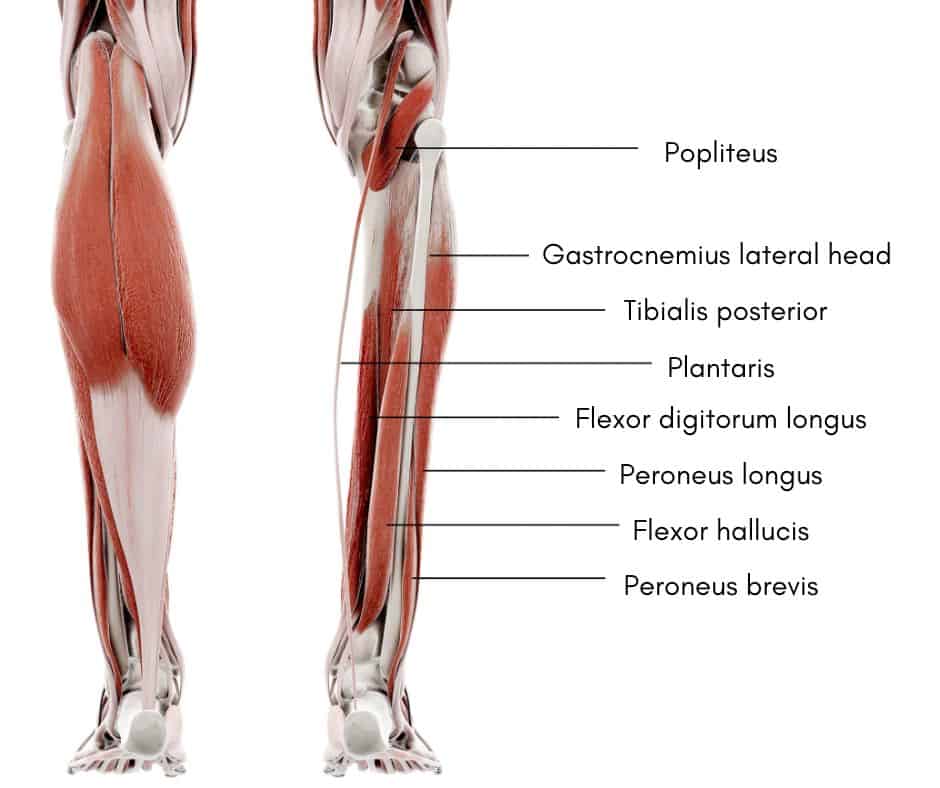
This is not medical advice. We recommend a consultation with a medical professional such as James McCormack. He offers Online Physiotherapy Appointments for £60.
Related Articles:
Knee Muscle Stretches
Patella Tracking Disorder
Knee Pain Cycling
Knee Pain Running